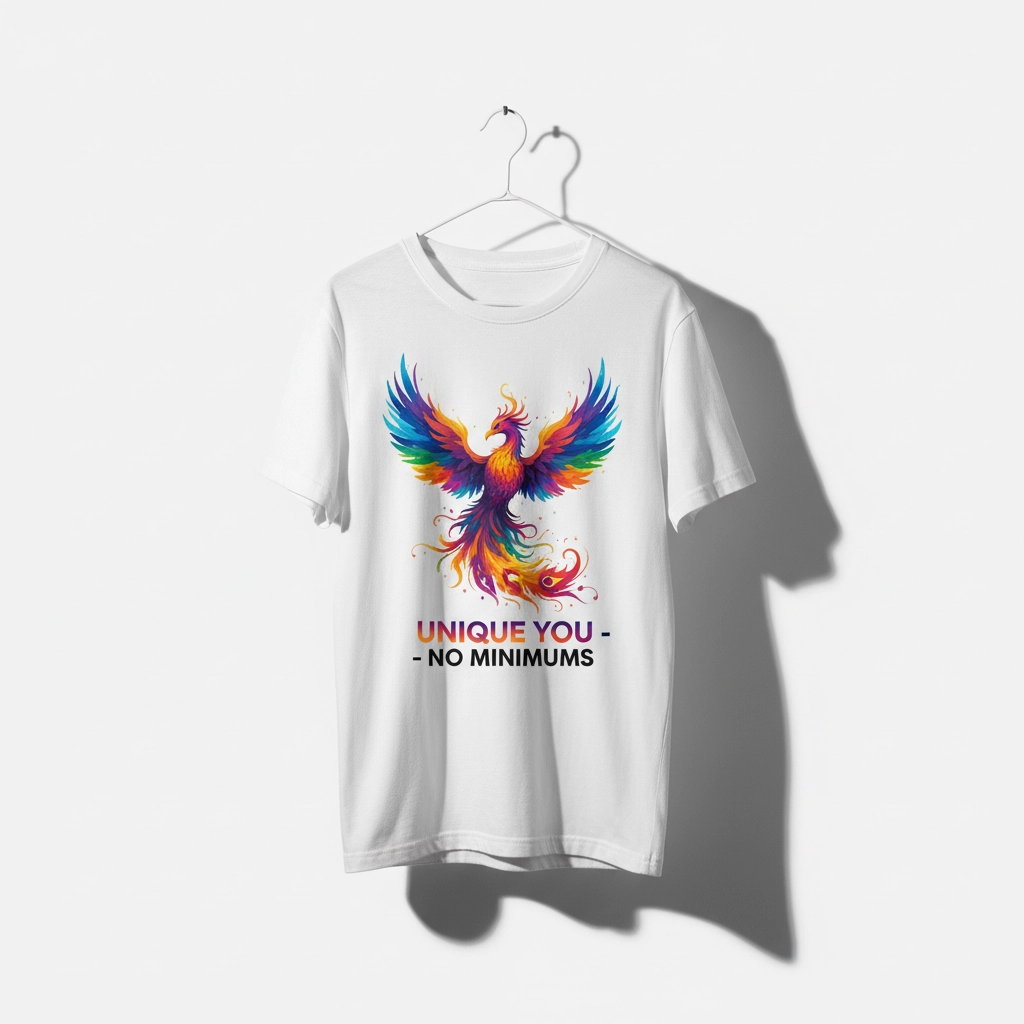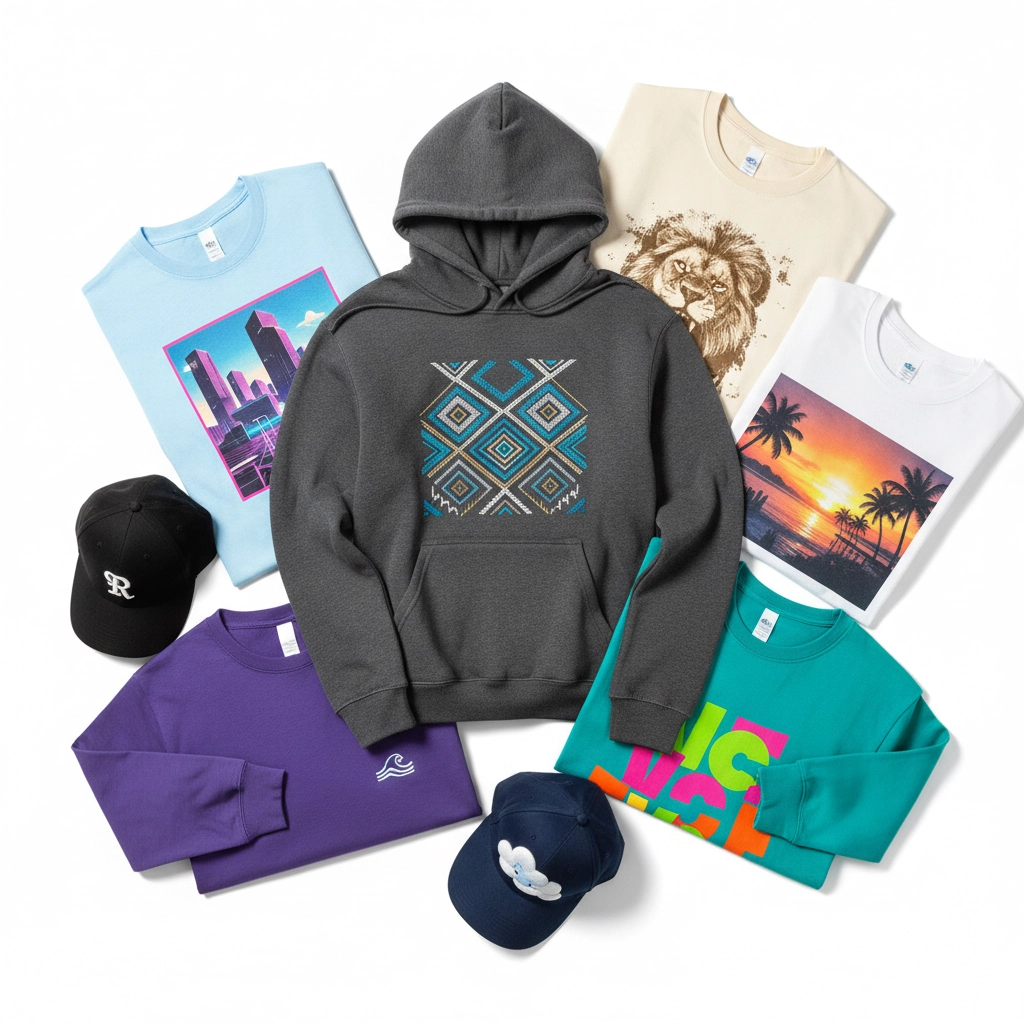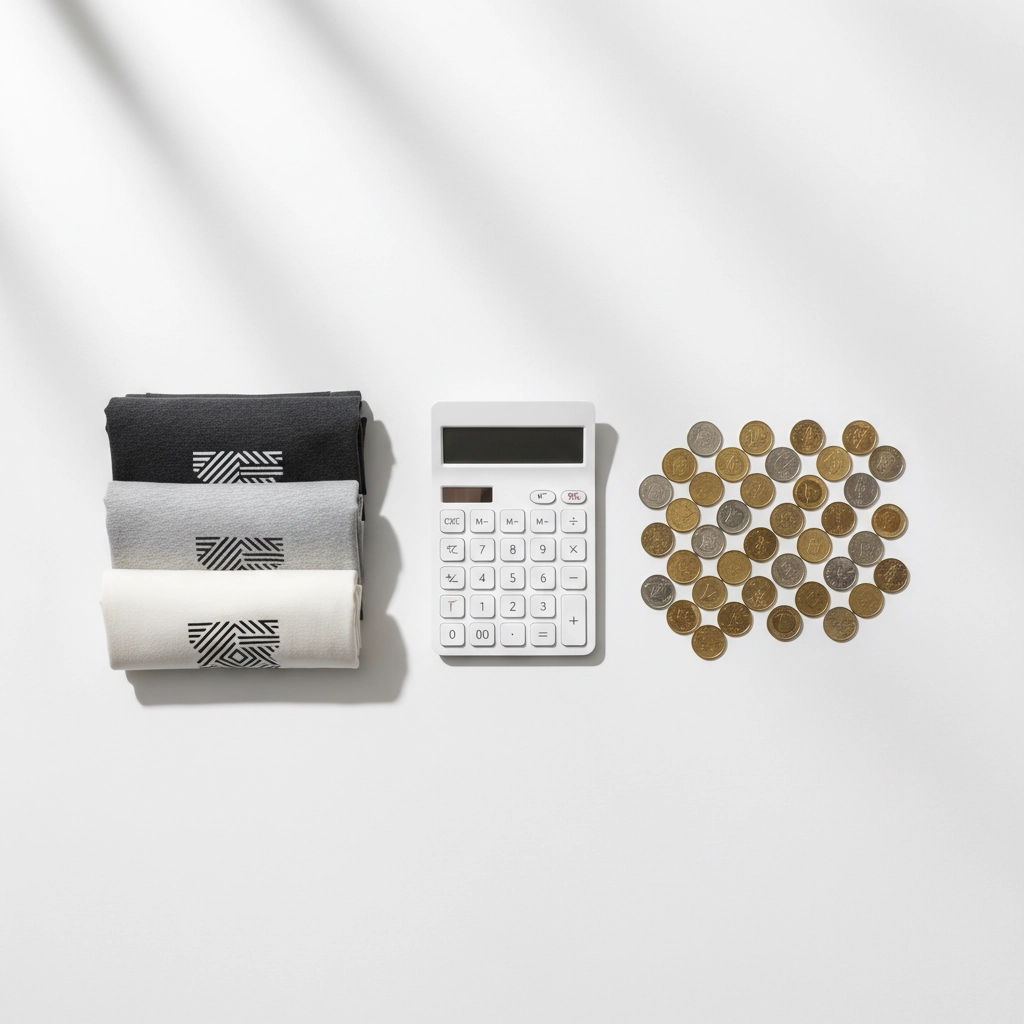Custom Apparel Printing Vs Minimum Order Requirements: Which Is Better For Your Small Business?
- Janet Emma
- Oct 8
- 4 min read
Small business owners face a critical decision when entering custom apparel printing: commit to large minimum orders for better pricing, or pay premium rates for complete flexibility. This choice impacts your budget, inventory, and growth strategy.
Understanding No Minimum Order Custom Shirts
No minimum order printing allows businesses to order single items or small quantities without meeting traditional bulk requirements. This approach eliminates barriers for small businesses testing new designs or serving limited customer bases.

Core Benefits:
Budget Control - Order exactly what you need. No excess inventory sitting in storage. No wasted capital on untested designs.
Design Testing - Launch new concepts with single-piece orders. Gauge customer response before scaling production.
Quick Turnaround - Small orders move through production faster. Most no-minimum services deliver within 3-7 days.
Zero Setup Fees - Many providers, including Hard Re-Set Inc., eliminate setup costs entirely. Start printing immediately without upfront design fees.
Personalization Options - Create unique items for individual customers. Perfect for custom gifts or special events.
Drawbacks:
Higher Per-Unit Costs - Individual printing typically costs $15-25 per shirt versus $5-15 for bulk orders.
Limited Economies of Scale - Missing bulk savings that larger orders provide.
Traditional Minimum Order Requirements
Minimum order printing requires purchasing specific quantities, typically ranging from 12-100 pieces depending on the printing method and provider.
Core Benefits:
Reduced Per-Unit Pricing - Bulk orders significantly lower individual shirt costs. Screen printing minimums often deliver 40-60% savings compared to single-piece pricing.
Professional Volume - Large quantities support comprehensive marketing campaigns, employee uniforms, or event merchandise.
Design Efficiency - Setup costs spread across multiple items reduce overall project expenses.
Inventory Building - Stock popular designs for immediate fulfillment of future orders.
Drawbacks:
High Upfront Investment - Minimum orders require substantial initial capital commitment.
Inventory Risk - Unsold merchandise ties up money and storage space.
Design Commitment - Changes become expensive once minimum quantities are ordered.
Storage Requirements - Large quantities need adequate storage facilities.

Cost Analysis Breakdown
No Minimum Orders:
T-shirt cost: $18-25 per piece
Design flexibility: High
Initial investment: $18-250 (1-10 pieces)
Risk level: Minimal
Minimum Order Requirements:
T-shirt cost: $6-12 per piece (25+ quantity)
Design flexibility: Low
Initial investment: $150-1,200 (25-100 pieces)
Risk level: Moderate to high
When No Minimum Orders Make Sense
Startup Phase - New businesses benefit from testing multiple designs without major financial commitment. Launch with 2-3 sample pieces per design to gauge market response.
Event-Specific Needs - Small gatherings, family reunions, or limited promotional events rarely require large quantities.
Custom Client Work - Businesses serving individual customers need single-piece capabilities for personalized orders.
Seasonal Testing - Try holiday or seasonal designs with minimal risk before committing to larger runs.
Budget Constraints - Limited capital makes large minimum orders financially impossible.
When Minimum Orders Provide Value
Established Demand - Proven designs with consistent sales justify bulk production for better margins.
Employee Uniforms - Staff apparel needs are predictable and ongoing, making bulk orders cost-effective.
Large Events - Conferences, trade shows, or company gatherings require substantial quantities.
Retail Operations - Businesses selling custom apparel as primary products need inventory depth.
Marketing Campaigns - Comprehensive promotional efforts across multiple channels require significant quantities.

Printing Method Considerations
DTG (Direct-to-Garment) - Ideal for no minimum orders. Handles complex designs and small quantities efficiently.
Screen Printing - Best for minimum orders with simple designs. Requires setup but delivers lower per-unit costs on volume orders.
Heat Transfer - Middle ground option. Works for small quantities but offers better pricing on moderate volumes (12-50 pieces).
Embroidery - Premium option for both single pieces and bulk orders. Pricing varies significantly based on design complexity.
Financial Impact Analysis
Small businesses operating on tight margins must evaluate total project costs beyond per-unit pricing.
No Minimum Project: 10 custom shirts at $20 each = $200 total investment
Minimum Order Project: 25 custom shirts at $8 each = $200 total investment
The minimum order provides 15 additional shirts for the same budget, but requires finding 25 customers instead of 10.
Risk Management Strategies
Start Small - Begin with no minimum orders to validate designs and demand. Scale to minimum orders once market acceptance is confirmed.
Hybrid Approach - Use no minimum orders for new designs and minimum orders for proven sellers.
Seasonal Planning - Order bulk quantities for predictable seasonal demand while maintaining no minimum capabilities for custom work.
Customer Pre-Orders - Collect orders before production to reduce inventory risk with minimum order quantities.

Hard Re-Set Inc. Advantage
Hard Re-Set Inc. eliminates common barriers by offering true no minimum, no setup fee custom printing. This approach allows small businesses to start immediately without financial obstacles that traditional printing requires.
Order single pieces for testing. Scale up when ready. No commitments. No wasted inventory. No setup fees eating into profit margins.
Making Your Decision
Choose No Minimum If:
Testing new business concepts
Serving individual custom orders
Working with limited budgets
Needing quick turnaround times
Avoiding inventory storage issues
Choose Minimum Orders If:
Established demand exists
Budget allows bulk investment
Storage space is available
Maximum cost efficiency is priority
Planning large-scale campaigns
Implementation Strategy
Phase 1: Start with no minimum orders. Test 3-5 designs with small quantities.
Phase 2: Identify best-selling designs through customer response and sales data.
Phase 3: Transition successful designs to minimum order production for improved margins.
Phase 4: Maintain no minimum capability for custom work while building inventory of proven designs.
Most successful small businesses use both approaches strategically. No minimum orders provide flexibility and testing capability. Minimum orders deliver cost efficiency for proven products.
The decision depends on your current business phase, available capital, and risk tolerance. Start where your business is today. Scale when growth and proven demand justify the investment.
Your custom apparel strategy should evolve with your business. Begin with the approach that matches your current capabilities and constraints. Success in custom apparel comes from matching printing strategy to business reality, not following industry conventions that may not fit your situation.

Comments